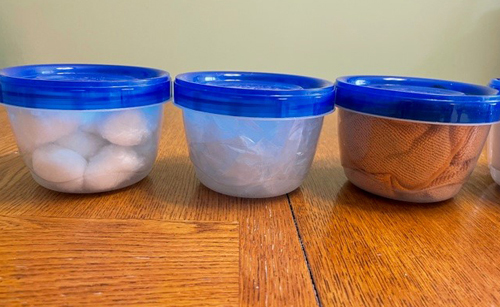These invertebrates, which include bees, butterflies, and ants, have hard exoskeletons and six legs. Most have wings. Insects are the largest animal group on the planet, with over 925,000 identified species.
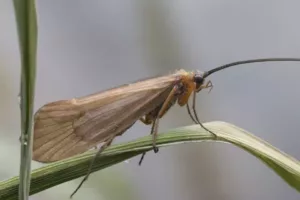
Caddisfly
Halesochila taylori
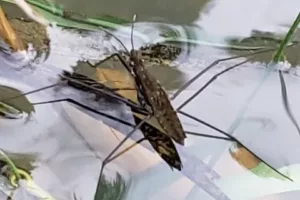
Common Water Strider
Aquarius remigis
photo credit: Gavin Slater
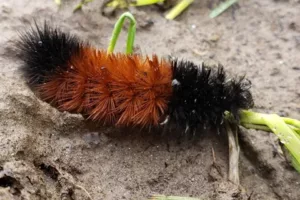
Isabella Tiger Moth
Pyrrharctia isabella
photo credit: Gavin Slater
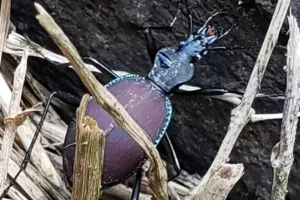
Narrow-Collared Snail-Eating Beetle
Scaphinotus angusticollis
photo credit: Gavin Slater
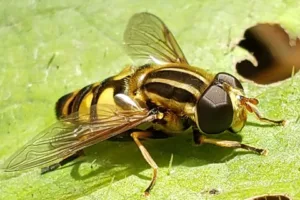
Narrow-Headed Marsh Fly
Helophilus fasciatus
photo credit: Gavin Slater
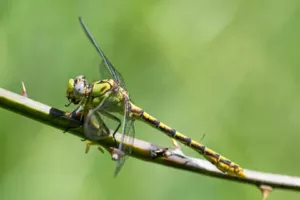
Pale Snaketail Dragonfly
Ophiogomphus severus
photo credit: Vic Berthelsdorf
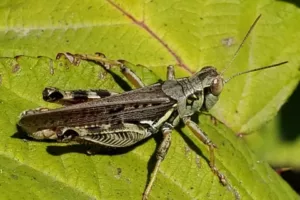
Red-Legged Grasshopper
Melanoplus femurrubrum
photo credit: Gavin Slater
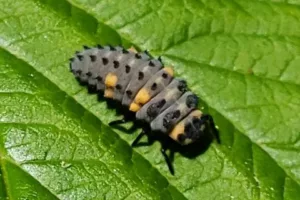
Seven-Spotted Lady Beetle
Coccinella septempunctata
photo credit: Gavin Slater

Spotted Cucumber Beetle
Diabrotica undecimpunctata
photo credit: Michael O'Loughlin
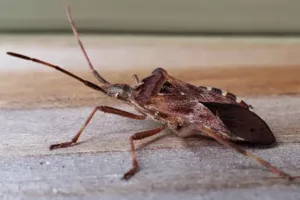
Western Conifer Seed Bug
Leptoglossus occidentalis
photo credit: Gavin Slater
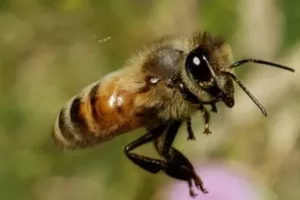
Western Honey Bee
Apis mellifera
photo credit: Gavin Slater
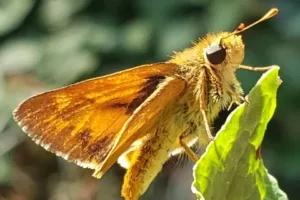
Woodland Skipper
Ochlodes sylvanoides
photo credit: Gavin Slater

